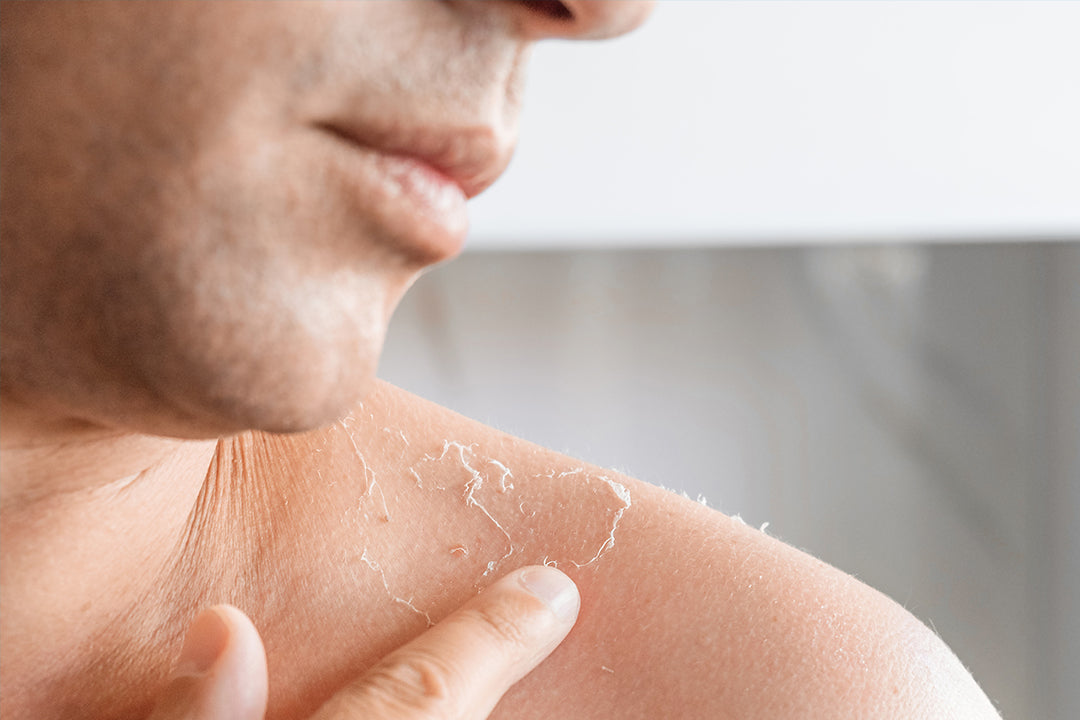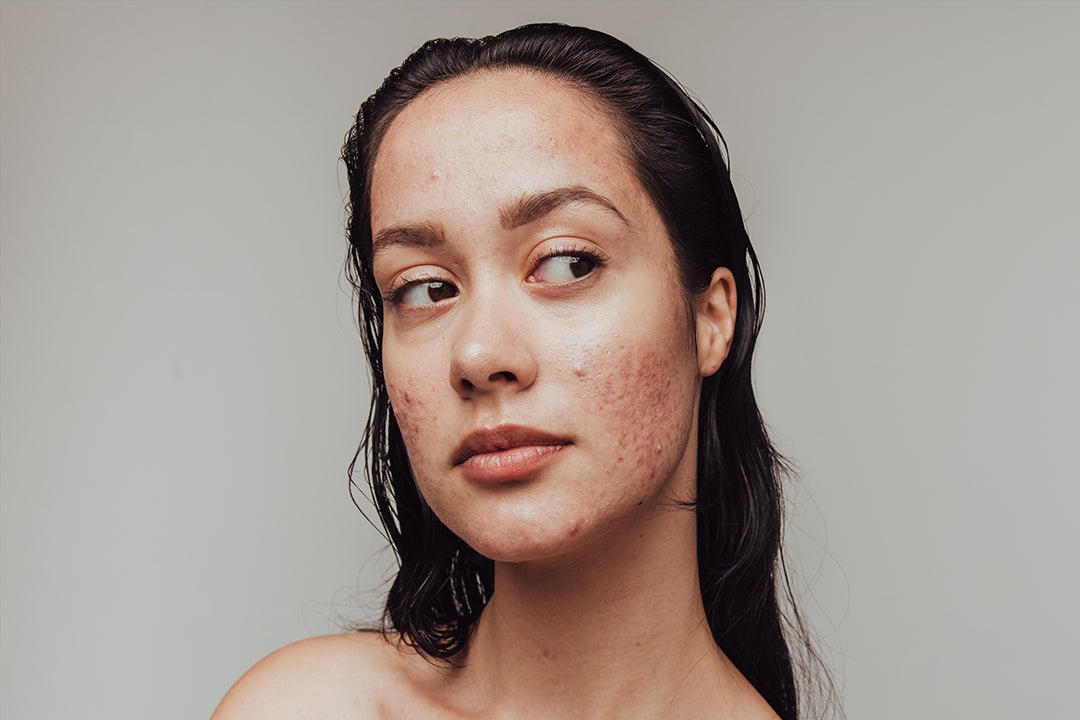Eczema is a common skin condition that affects millions of people around the world. It is characterized by inflamed, itchy, cracked, and rough skin. There are several types of eczema, each with different characteristics and triggers. Understanding the different types can help you better manage your symptoms and find the right treatment.
1. Atopic Dermatitis
Atopic dermatitis is the most common type of eczema. It often appears in childhood and can continue into adulthood. Symptoms include red, itchy, and swollen skin, as well as dryness and scaling. The exact cause of atopic dermatitis is unknown, but it is believed to be related to a combination of genetic and environmental factors.
2. Contact Dermatitis
Contact dermatitis occurs when the skin comes into contact with an irritant or allergen. It can be caused by substances like soaps, detergents, cosmetics, and certain metals. Symptoms include redness, itching, and a rash that may blister or ooze. Avoiding the trigger is the best way to manage contact dermatitis.
3. Dyshidrotic Eczema
Dyshidrotic eczema is characterized by small, itchy blisters that form on the hands and feet. It is more common in women than men and is often triggered by stress, allergies, or exposure to certain metals. Treatment options include topical steroids, antihistamines, and moisturizers.
4. Seborrheic Dermatitis
Seborrheic dermatitis mainly affects the scalp, causing redness, itching, and flaking. It can also occur on the face, chest, and other oily areas of the body. The exact cause is unknown, but it is believed to be related to an overgrowth of yeast on the skin. Treatment options include medicated shampoos, creams, and ointments.
5. Neurodermatitis
Neurodermatitis is a chronic skin condition characterized by thick, scaly patches that are intensely itchy. It often starts with a localized itch, which leads to scratching and rubbing, resulting in thicker and more irritated skin. The exact cause is unknown, but it is believed to be related to a combination of genetic and environmental factors.
6. Nummular Eczema
Nummular eczema is characterized by coin-shaped patches of irritated skin. It often appears on the arms, legs, and torso. The exact cause is unknown, but it is believed to be related to dry skin, irritants, and allergens. Treatment options include moisturizers, topical steroids, and antihistamines.
7. Stasis Dermatitis
Stasis dermatitis occurs when there is poor circulation in the lower legs, leading to swelling, redness, and itching. It is more common in older adults and people with varicose veins or a history of blood clots. Treatment options include compression stockings, elevation of the legs, and topical medications.
If you suspect you have eczema, it is important to see a doctor for a proper diagnosis. They can determine the type of eczema you have and recommend the appropriate treatment. They may also refer you to a dermatologist for further evaluation and management.
Treatments
Treatment options for eczema vary depending on the type and severity of the condition. They may include:
- Moisturizers to keep the skin hydrated
- Topical corticosteroids to reduce inflammation and itching
- Antihistamines to relieve itching
- Immunomodulators to suppress the immune system
- Phototherapy to expose the skin to ultraviolet light
- Systemic medications for more severe cases
Frequently Asked Questions
Here are some frequently asked questions about eczema:
What are the 7 different types of eczema?
The 7 different types of eczema are: atopic dermatitis, contact dermatitis, dyshidrotic eczema, seborrheic dermatitis, neurodermatitis, nummular eczema, and stasis dermatitis.
What is a rare type of eczema?
There are several rare types of eczema, including dyshidrotic eczema and nummular eczema.
What's the difference between eczema and dermatitis?
Eczema and dermatitis are often used interchangeably to describe the same condition. Eczema is a general term for a group of skin conditions characterized by inflammation, while dermatitis specifically refers to inflammation of the skin.
What triggers eczema?
Eczema can be triggered by a variety of factors, including irritants, allergens, stress, dry skin, and changes in temperature or humidity.
Takeaways
Understanding the different types of eczema and their symptoms, causes, and treatment options can help you better manage your condition. It is important to work with a healthcare professional to develop a personalized treatment plan that addresses your specific needs. With the right care and management strategies, you can effectively control your eczema and improve your quality of life.









